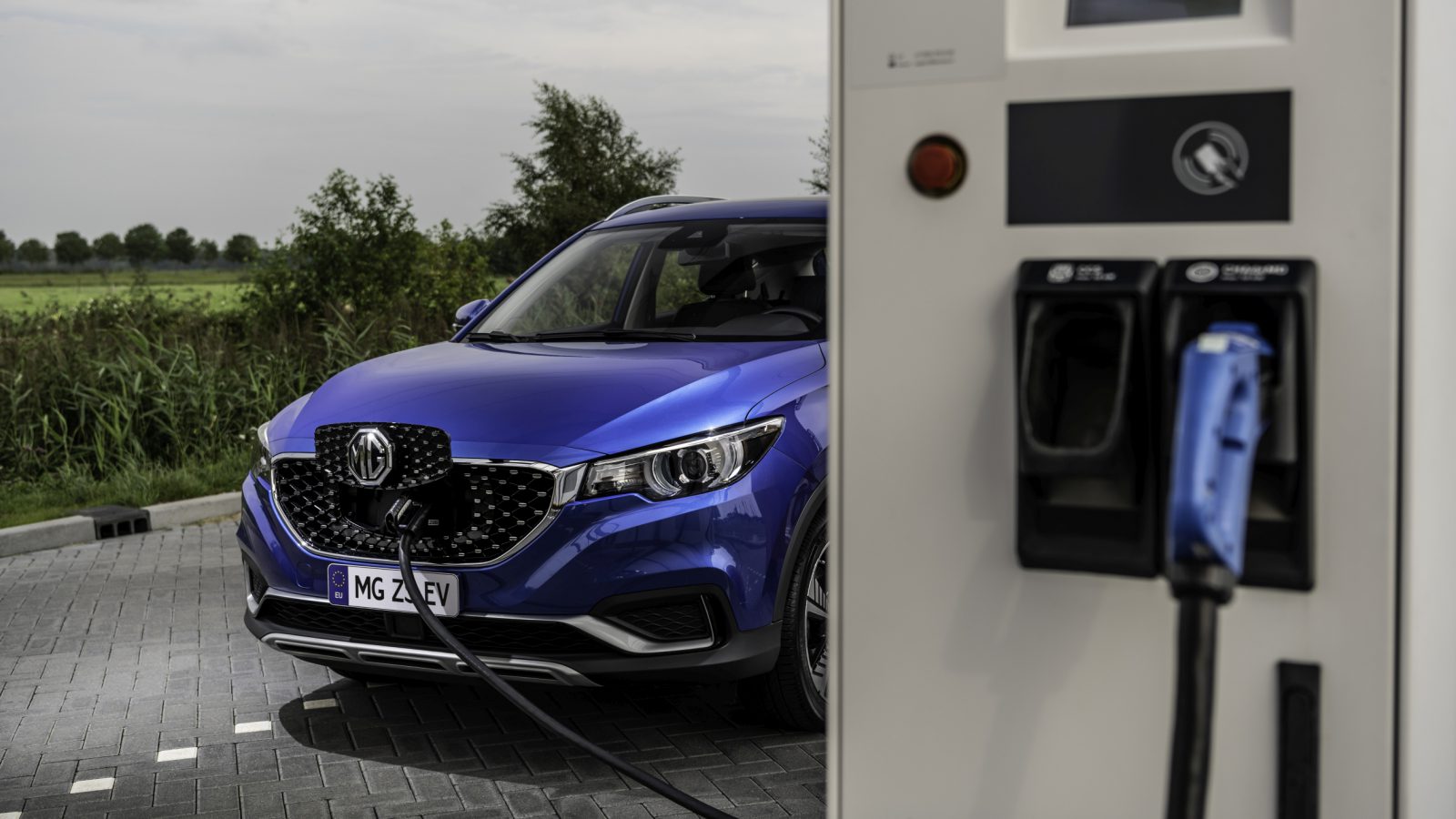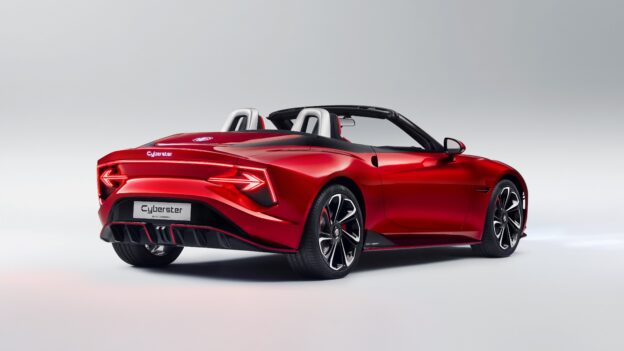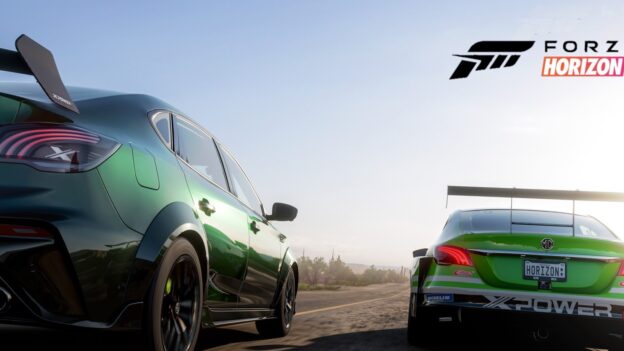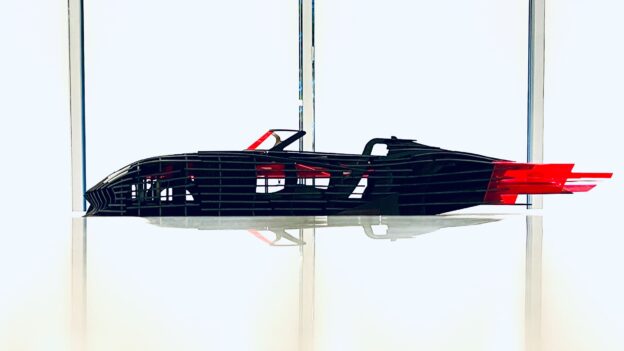What’s the difference between AC and DC charging?
AC and DC are the abbreviations of alternating current (AC) and direct current (DC). The difference is that with alternating current, the voltage continuously alternates between positive and negative. With direct current, the voltage is continuously the same and therefore at its maximum.
But what does an electric car have to do with this? Well, the electricity grid works with alternating current, but an electric car battery works with direct current. In order to charge the battery with electricity that comes directly from the electricity grid, the AC must first be converted into DC. This is done with the help of an inverter in the car.
The inverter however, limits the battery charging speed. The most powerful AC chargers can deliver up to 43 kW, while the battery in the MG Marvel R Electric, for example, can be charged with a maximum of 11 kW AC.
DC charging
Most electric cars, like all full-electric MG models, can also be charged with DC. In this case, the inverter in the car is bypassed, allowing much higher charging speeds. The conversion from AC to DC takes place in the charging station itself. You also need to use the much thicker charging cable that is attached to the charging station itself. It has a different charging plug (CCS) as well, compared to AC charging for which you have to use your own charging cable.
DC chargers usually deliver 50 or 100 kW, and sometimes even up to 350 kW at the latest charging stations being built in Europe. The maximum DC charging speeds of the MG Marvel R Electric is 90 kW, even on a station with such a high charging power. This allows the battery to be charged to 80% in approximately 30 minutes.
AC applies to all charge points at home, at work, on the street in the residential area, in parking lots, and so on. Chargers that work with DC are so-called fast-chargers, which you can usually find along the highway or in the parking lots of large shopping centres outside built-up areas.
Don’t forget however, in any case, the time it really takes to charge the battery depends on several other factors as well. Not just the maximum power a charge point can deliver. Want to know more about charging an electric car? Read everything you need to know here.





